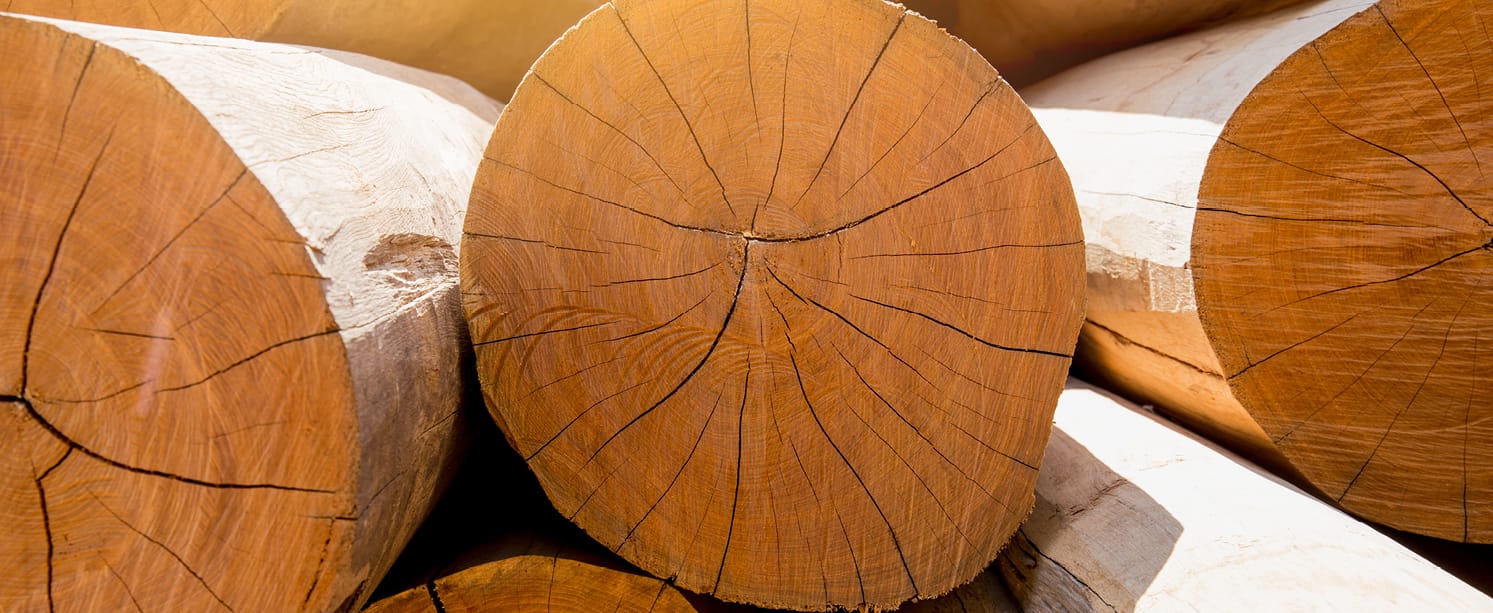
Marine-Grade Timber Explained: Sourcing Wood for Coastal Conditions
Published on November 4, 2025
Posted in Advice & Reviews
by MKM
4 min read
If you're planning a coastal deck, renovating a sea-facing home, or creating an outdoor space for a beach café, you've probably realised that standard timber just can't stand up to salt spray, moisture, and coastal weather. This is where marine-grade and immersion-rated timber comes in, a specialist category of timber built to withstand the toughest environments.
But don't worry, you don't need to be a shipwright to get this right. Whether you're building a cliff-top terrace, replacing weathered decking, or installing timber near the sea, we can help you choose the right material, avoid costly mistakes, and know where to source what you need, all thanks to MKM.

What Makes Timber "Marine-Grade"?
Marine-grade timber isn't just a fancy label. It's timber that meets specific durability and treatment standards for resisting decay, salt, moisture, UV, and marine organisms. Here's what separates it from standard garden or landscaping timber.
1. Natural Durability That Fights Back
Top-performing marine timbers come from Durability Class 1 or 2 species under BS EN 350. These dense hardwoods have natural oils and tight grain structures that resist rot, fungi, and marine borers, eliminating the need for chemicals. Common performers include Iroko (an African hardwood, reliable and cost-effective), Teak (the gold standard for yacht decks and luxury finishes), Greenheart (ultra-dense, structural-grade for sea defenses), and European Oak (traditional, durable, and rich in character).
MKM Tip: If you're not sure about durability classes, just ask your local branch team. We'll help you match timber spec to your project conditions.
2. Density Equals Durability
Marine timber is heavy stuff, typically 650–1,100 kg/m³.
Why does that matter? Dense timber resists water absorption, holds fixings firmly, stands up to tidal movement and wave impact, and stays stable under intense weather shifts. Compare that to standard pine decking at 450–550 kg/m³ and you'll see why marine jobs need more muscle.
3. When Natural Durability Isn't Enough
Can softwood do the job? Sometimes, but it needs serious treatment. Look for timber treated to Use Class 4+ (sometimes called UC5) for immersion or splash zones. This is much higher than the UC3/UC4 used for garden decking.
Always request treatment specification (not just "pressure-treated"), preservative type and loading, and the intended exposure class. If your supplier won't provide these details, walk away.
4. Trust the Paperwork
In exposed or high-investment projects, documentation matters. Look for FSC or PEFC certified timber, botanical species name (not just "hardwood"), moisture content details, and grading for structural use such as C24. Quality suppliers provide this information as standard.
5. Moisture Content: It's a Big Deal
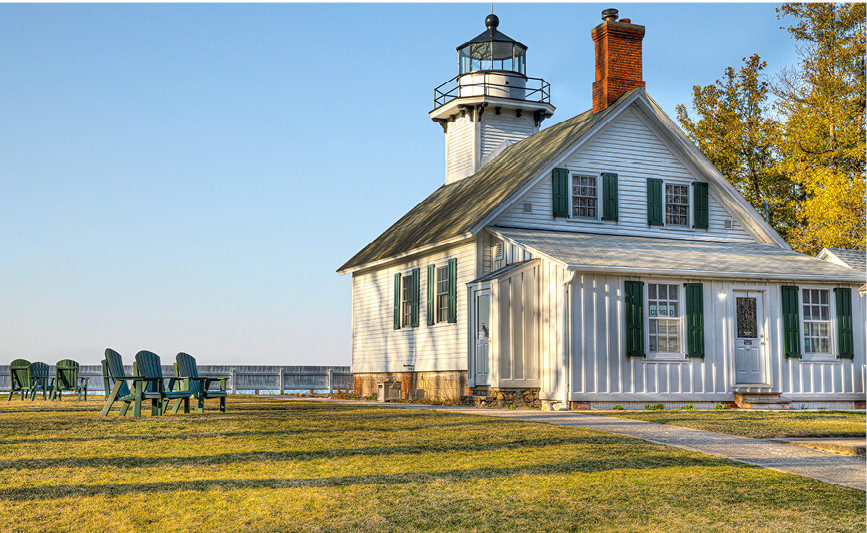
For outdoor use, 18–22% moisture content is typical. For joinery or interior applications, go for 12–15% to avoid movement and swelling. Always check that the moisture content suits the final environment. Understanding timber moisture content is crucial for any outdoor project.
Why Standard Treated Timber Fails by the Sea
Standard garden timber is out of its depth on the coast.
|
Factor |
Standard Treated Timber |
Marine-Grade Timber |
|
Designed For |
Gardens, fencing, landscaping |
Coastal and waterfront environments |
|
Treatment Rating |
UC3 (above ground) / UC4 (ground contact) |
UC4+ / UC5 or naturally durable species |
|
Salt Resistance |
Poor, salt accelerates decay |
High, natural or treatment-based defence |
|
Marine Organism Resistance |
None |
Yes – Teak, Iroko, Greenheart resist borers |
|
Wood Density |
450–550 kg/m³ |
650–1,100+ kg/m³ |
|
Lifespan (coastal) |
5–10 years |
25–60+ years |
Bottom Line: Standard treated timber might do the job in a garden, but by the coast, it’s out of its depth. Salt, spray, and sea air wear it down fast. The dramatically shorter lifespan and constant replacement needs make marine-grade specification the only sensible choice for genuine coastal exposure.
Best Timber Species for UK Coastal Projects
Choosing the right species makes all the difference. Here's what works best for typical coastal applications around British homes and businesses.
Iroko: The Tradesperson's Teak
Ideal for: Decking, boardwalks, cladding, outdoor furniture
Iroko delivers natural oils, easy workability, and excellent value for money. This African hardwood ages to an attractive silver-grey patina and offers the best balance of performance and price for most coastal projects. Whether you're building a deck that faces the ocean or creating a boardwalk through your seaside garden, Iroko should be at the top of your list. For comprehensive guidance on planning your coastal deck, check out our complete guide to building durable outdoor decking.
European Oak: Character Plus Performance
Ideal for: Heritage homes, exposed beams, restoration projects
British Oak brings tannin-rich natural preservation, beautiful grain patterns, and authentic UK heritage to coastal projects. This native hardwood suits traditional properties perfectly and works particularly well for restoration work, exposed structural framing, and anywhere you want the timber to be a visible feature. Oak requires slightly more maintenance than Iroko but delivers unmatched aesthetic character.
Teak: Luxury That Lasts
Ideal for: Premium decking, outdoor entertaining areas, yacht-style finishes
Teak combines exceptional dimensional stability, low movement in wet conditions, and a visually stunning appearance. The natural oils repel water while the tight grain creates a premium look that justifies the investment for high-end coastal homes, luxury holiday rentals, or commercial hospitality spaces. High-end price delivers high-end performance that spans generations.
Greenheart: Built for Battle
Ideal for: Sea walls, lock gates, heavy-duty marine structures
Greenheart is extraordinarily dense and virtually indestructible—it's been protecting coastal infrastructure for over 150 years. However, it's hard as nails and complete overkill for most domestic projects. Consider Greenheart only for structural posts subjected to severe conditions or partial submersion.
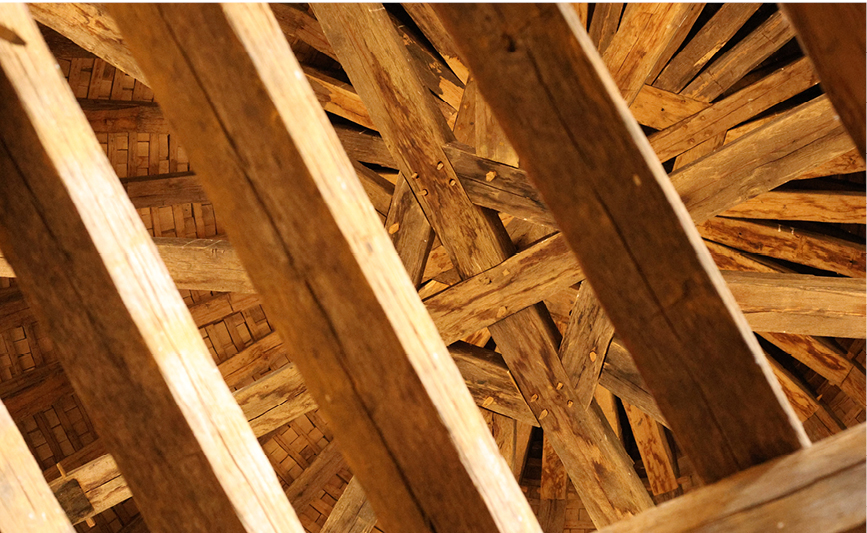
Where to Source Coastal-Ready Timber: MKM Building Supplies
At MKM, we stock a wide range of pressure-treated and construction-grade timber perfect for outdoor and coastal use, especially above the high-tide line. While we don't specialise in marine hardwoods like Greenheart or Teak, your local MKM branch team can help you select the right treated timber, check durability and exposure ratings, support sourcing through trusted suppliers for special requests, and cut materials to your required dimensions.
Built Around You: Every branch is run by local experts who understand regional conditions. That's our edge. Whether you're refurbishing a beachfront café, building a holiday home deck, or replacing wind-blown garden structures, your local branch team will help you find the right timber solution.
Find your local MKM branch to find out more.
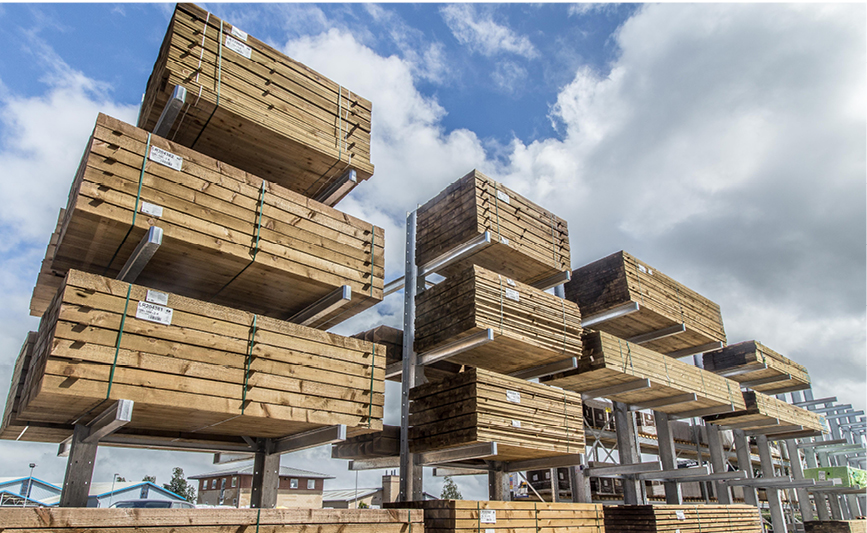
Smart Specification Tips for Coastal Projects
These practical guidelines ensure your coastal timber performs as expected and delivers long-term value.
Be Specific About What You're Buying
Don't accept "hardwood" or "treated timber" as a species description. Ask for the botanical name (such as Milicia excelsa for Iroko), use class or treatment level confirmation, and FSC or PEFC certification. Reputable suppliers provide this documentation gladly.
Use Stainless Steel Fixings
Salt ruins mild steel rapidly. Specify Grade 316 (A4) stainless steel for all screws, bolts, clips, brackets, decking fixings, and exterior hinges or structural hardware. While stainless costs more, it's the only option that won't corrode and fail in coastal environments.
Protect the End Grain
Seal all cut ends with a marine-grade end-grain sealer. End grain absorbs water up to 20 times faster than face grain, making it your structural weak spot. This simple step dramatically extends timber life.
Allow Time for Acclimatisation
Imported hardwood needs 2–4 weeks in UK conditions before installation. Store timber in a covered, ventilated space to reduce warping, splitting, and movement after fixing. This acclimatization period allows the wood to adjust to local moisture levels.
Plan for Lead Times
Marine hardwoods aren't off-the-shelf products. Plan for 4–8 week lead times for Iroko, Oak, and Teak, with longer periods for special dimensions or oversized boards. Don't expect to order marine timber on Monday and start building on Friday.
Consider Annual Maintenance
Even the most durable marine timber benefits from annual care. Clean with specialized deck cleaner to remove salt deposits and algae, then apply marine-grade wood oil or sealer. This annual maintenance takes a few hours but significantly extends timber life and maintains appearance.
Time to Build Coastal Confidence
Whether you're refurbishing a beachfront café, building a holiday home deck, or replacing wind-blown garden structures, your local branch team can help you signpost you to the right timber solution.
Coastal-ready treated timber? We've got it. Need advice on exposure ratings or spec sheets? Just ask. Looking for marine hardwoods? We'll point you to trusted sources and help you order what you need.
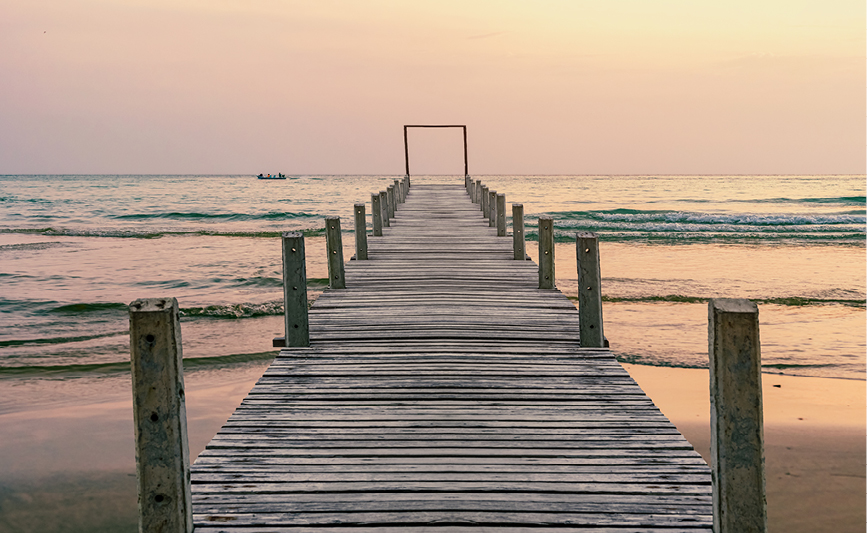
Ready to Get Started?
Pop into your nearest MKM branch or head to mkm.com to browse timber options, download spec sheets, or get advice from your local team.
Your project. Your conditions. Your solution. At MKM, it's all built around you.